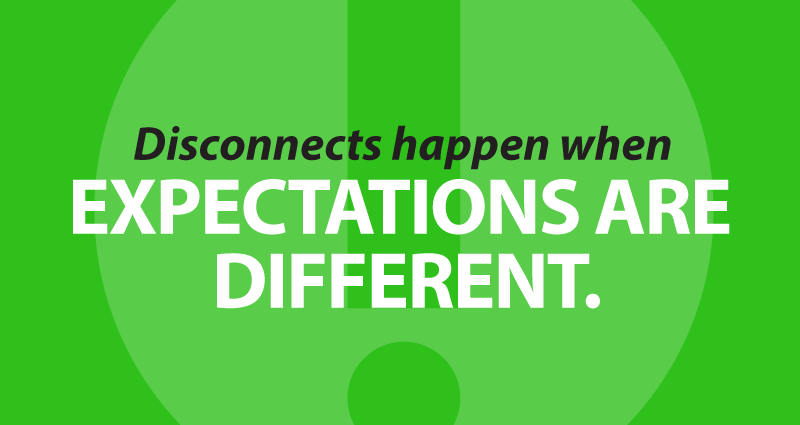
Oh, how adorable! They don’t know how to use the internet.
Have you ever noticed a disconnect between what one person thinks is normal and what someone else thinks is?
My son and his wife (age 31) are expecting our first grandchild.
My sister-in-law, co-hosting a baby shower for them, asked where they were registered.
My daughter-in-law replied, “Amazon” and sent a link about 50-60 characters long.
My sister-in-law (age 64) was horrified. “People will want to go to a store” she said. “Besides, how is anyone going to correctly enter something that long (from the printed invitations she was sending)?”
My daughter-in-law’s response? “Oh, how adorable! They don’t know how to use the internet.”
My daughter-in-law readily agreed to register at a retail store, so everyone was happy in the end. But as an observer, it was pretty obvious what was considered normal by the two different generations.*
One group was comfortable with ordering online. Others wanted to personally select their gifts.
And everyone expected to be able to do things their way.
Disconnects happen when expectations are different.
Marketers need to understand that disconnects like this aren’t just about age, or about who does (or doesn’t) shop online. They are mostly about understanding your audience’s preferences, and making the process easy for everyone to accomplish their goals.
What works for one person isn’t necessarily the best for another.
Not everyone will use your mobile app. Some people hate ATMs and carrying cash. Ugly credit card? Won’t use it. An interest-bearing checking account might be exactly what this person wants, while that one doesn’t even see the need for a savings account. Your auto loan rate sounds good, but she isn’t going to fill out a paper form then wait a few days, when she can get approval online in a few minutes.
They want it their way, when they want it.
And that’s okay.
Stop trying to force everyone to do it the same way.
Sure, it’s easier for your credit union when you can standardize the process for everyone. But is that the best way to connect with your members?
If you could become known as the one FI that works to help members get what they want, the way they want it – how much of a boost would that give to your membership growth numbers?
How can you make it “normal” for everyone?
*(My daughter-in-law’s sister – age 36 – is also hosting a baby shower. She’s emailing the invitations. The link to Amazon will be in the email.)
- It’s hard not to get caught up in a buzz that surrounds you. - April 9, 2024
- Turn your staff into an Idea Factory. - February 27, 2024
- Move with the future or get left behind - February 6, 2024
